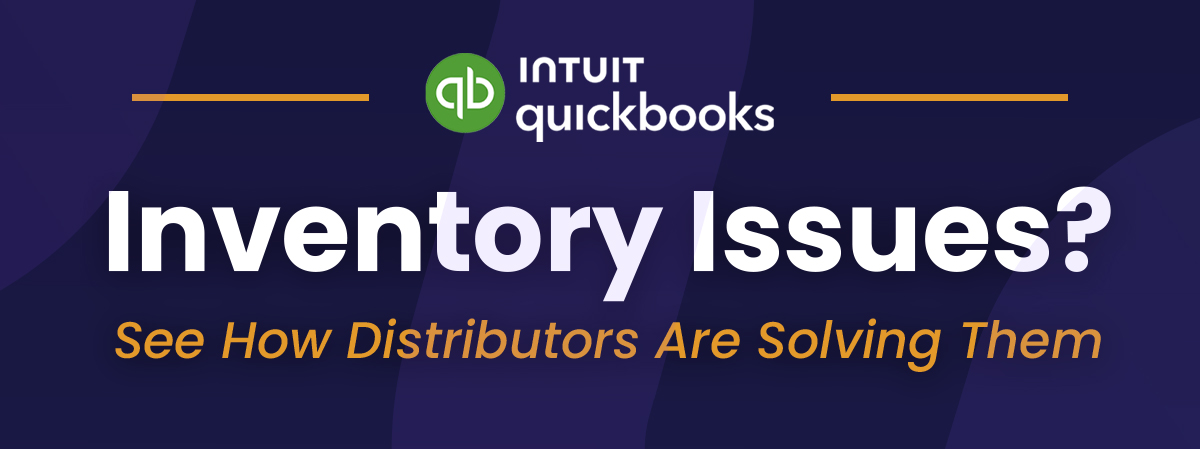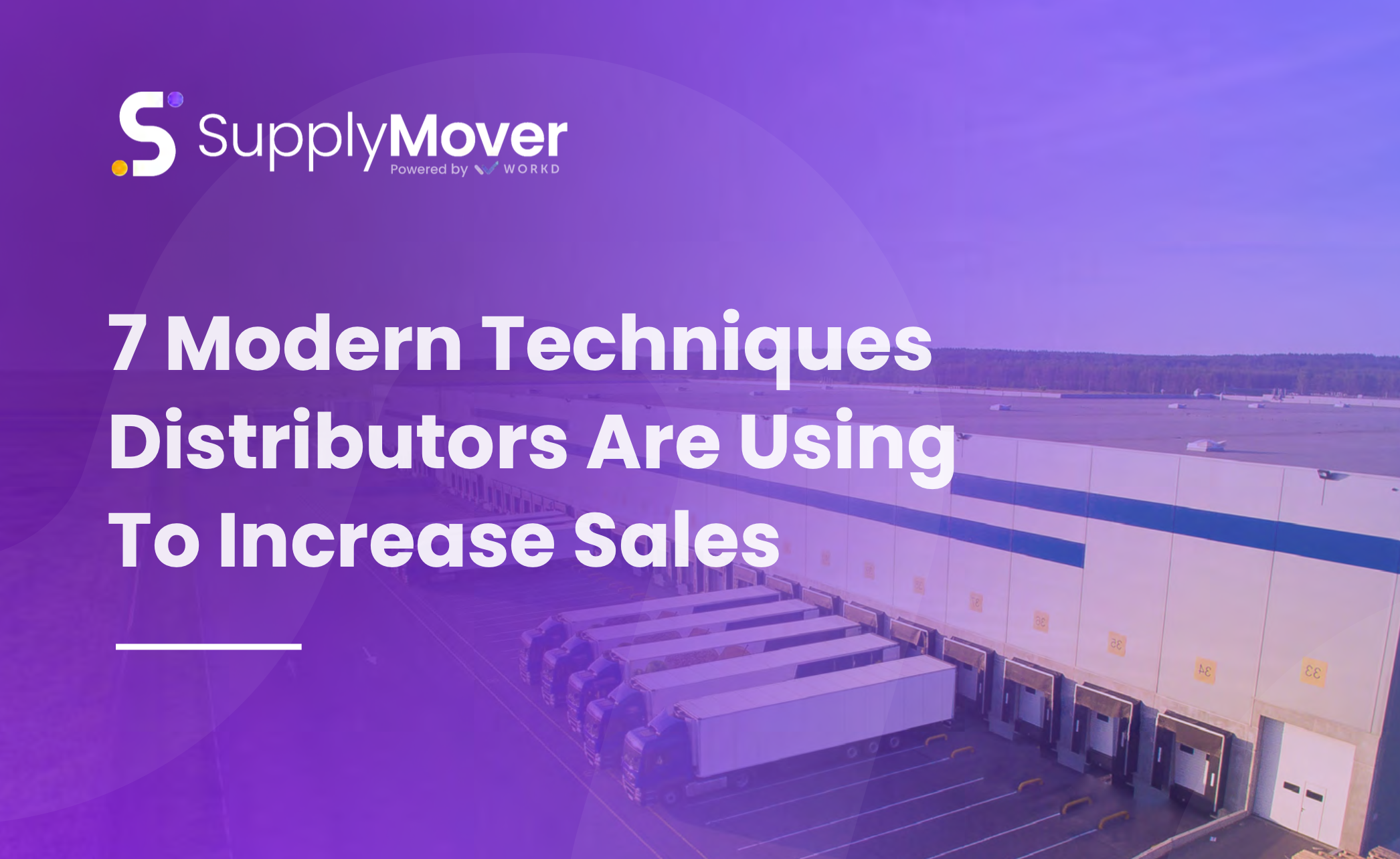QuickBooks Inventory Issues? See What Distributors Are Doing Instead

Discover how distributors are overcoming inventory challenges without leaving QuickBooks.
QuickBooks is a reliable starting point for any distributor. It’s simple, well-known, and it handles your core accounting and invoicing needs. But once your business grows — and inventory gets more complex — the cracks begin to show.
Distributors relying solely on QuickBooks often face slow processes, limited visibility, and too much manual work just to keep inventory organized. And the more you grow, the more you feel it.
The good news? You don’t have to start over. Distributors are finding smarter ways to handle inventory challenges — and still keep QuickBooks at the center of their operations.
The Problem: QuickBooks Wasn’t Designed for Distribution Inventory
QuickBooks is great at tracking dollars, but not inventory movement. As a result, distributors run into common frustrations:
- Difficulty managing inventory across multiple warehouses or sales reps
- No real-time visibility into stock levels
- Manual reordering and cycle counts
- No forecasting tools or demand planning features
- Inventory data that isn’t connected to sales activity
These challenges lead to missed reorders, stockouts, excess product sitting on shelves, and delayed decisions. Not because your team isn’t trying — but because your tools weren’t designed to support high-volume distribution.
What Distributors Are Doing Instead
Forward-thinking companies aren’t ditching QuickBooks — they’re building around it. The goal isn’t to replace your system, but to extend it.
Here are five strategies successful distributors are using to fill the inventory gaps and gain back control — all while keeping QuickBooks in place.
1. Get Real-Time Inventory Insights
Trying to run a growing distribution business with outdated or delayed inventory data is like driving with a fogged-up windshield.
The solution? Systems that give your team a real-time view of stock levels — whether it’s at a warehouse, on a truck, or with a rep in the field. Everyone works from the same live data, helping avoid double-selling, backorders, and miscommunication.
2. Automate Reordering and Forecasting
Manual reorder lists and spreadsheets may have worked when your SKU count was low. But now they’re slowing you down — and leaving room for error.
Distributors are streamlining this process with forecasting tools that generate smart reorder suggestions based on customer history, seasonality, and trends. The result: less guessing, fewer emergencies, and better service.
3. Connect Sales to Inventory Management
QuickBooks captures orders and transactions, but it doesn’t tell you why something is selling — or when a customer is about to run low.
Distributors are solving this by syncing customer behavior and sales activity with their inventory systems. That way, sales reps know what products to pitch, what a customer usually orders, and when to follow up — all tied directly to what’s in stock.
4. Eliminate Manual Busywork
Inventory updates, order entry, reorder emails, status checks — it adds up fast. Distributors are turning to tools that automate the day-to-day work that eats up hours.
When your systems handle the repetitive tasks, your team gets time back to focus on selling, solving problems, and building relationships.
5. Layer on Tools That Integrate Seamlessly with QuickBooks
One of the biggest mindset shifts for growing distributors is realizing you don’t need one system to do everything.
Instead, the smartest teams are adding systems that work with QuickBooks — not against it. With the right integration, your inventory data, sales orders, and customer activity stay connected without double entry or sync delays.
What’s Possible When Inventory Just Works
Distributors who adopt these strategies consistently see:
- Fewer inventory errors and out-of-stocks
- Faster reorder cycles
- More sales per customer
- Better team productivity
- Improved customer satisfaction
And the best part? They’re achieving it without ripping out the system they already know and trust.
Here’s How You Can Do It, Too
If you’re dealing with QuickBooks inventory limitations and looking for a smarter way forward, you’re not alone. Distributors across industries are solving this exact challenge — and getting better results in the process.
At SupplyMover, we help distributors build around QuickBooks with the inventory, automation, and sales tools they need to grow faster and work smarter. Our system integrates directly with QuickBooks and is built specifically for businesses like yours.
Want to see how it works? Schedule a quick demo and we’ll show you how to turn QuickBooks into a more powerful platform — without changing your core system.





